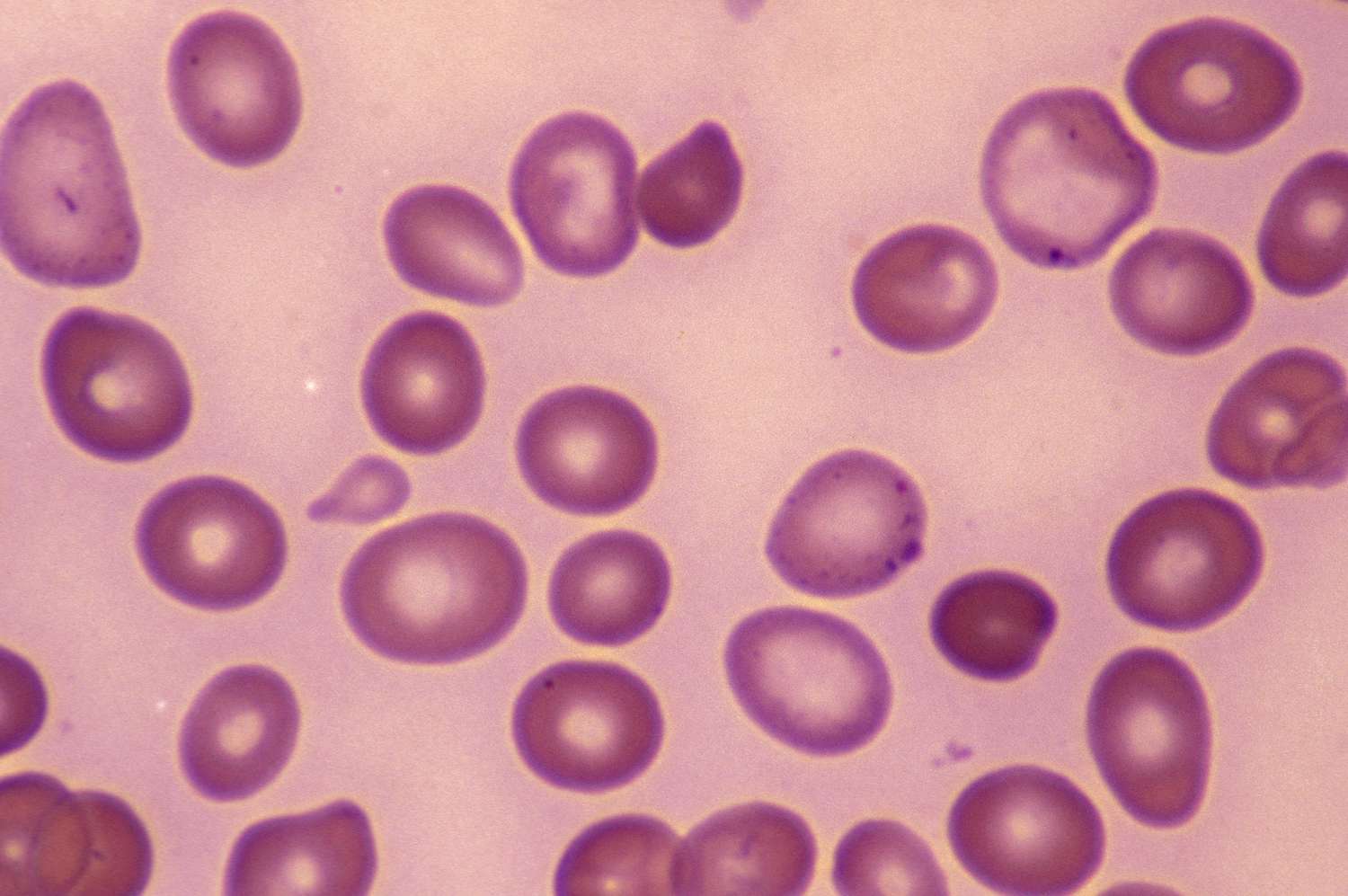
Macrocytic anemia is a condition where red blood cells are larger than normal. This can lead to various health issues, including fatigue, weakness, and shortness of breath. But what causes macrocytic anemia? The primary culprits are deficiencies in vitamin B12 or folate. Other factors include alcohol abuse, certain medications, and underlying health conditions like liver disease or hypothyroidism. Diagnosing this type of anemia involves blood tests to measure red blood cell size and levels of B12 and folate. Treatment usually focuses on addressing the underlying cause, such as dietary changes or supplements. Understanding macrocytic anemia can help manage symptoms and improve overall health.
What is Macrocytic Anemia?
Macrocytic anemia is a condition where red blood cells are larger than normal. This can lead to various health issues, as these oversized cells often don't function properly. Let's dive into some fascinating facts about this condition.
- Macrocytic anemia is characterized by red blood cells that are larger than 100 femtoliters.
- Two main types of macrocytic anemia exist: megaloblastic and non-megaloblastic.
- Megaloblastic anemia is often caused by deficiencies in vitamin B12 or folate.
- Non-megaloblastic anemia can be due to liver disease, alcoholism, or hypothyroidism.
- Symptoms include fatigue, weakness, pale skin, and shortness of breath.
- Glossitis, or inflammation of the tongue, can also be a symptom.
- Neurological symptoms like numbness or tingling in the hands and feet may occur with vitamin B12 deficiency.
- Jaundice, a yellowing of the skin and eyes, can be a sign of macrocytic anemia.
- Macrocytosis is the term used to describe the presence of large red blood cells in the blood.
Causes of Macrocytic Anemia
Understanding the causes can help in managing and preventing this condition. Here are some key causes:
- Vitamin B12 deficiency is a common cause, often due to poor dietary intake or absorption issues.
- Folate deficiency can result from inadequate dietary intake or conditions that affect absorption.
- Alcoholism can interfere with the absorption of nutrients, leading to macrocytic anemia.
- Liver disease affects the production of red blood cells, causing them to be larger than normal.
- Hypothyroidism slows down the body's metabolism, which can affect red blood cell production.
- Certain medications, like chemotherapy drugs, can interfere with DNA synthesis, leading to megaloblastic anemia.
- Bone marrow disorders such as myelodysplastic syndromes can cause macrocytic anemia.
- Genetic disorders like congenital dyserythropoietic anemia can also be a cause.
Diagnosing Macrocytic Anemia
Diagnosis involves several tests to determine the underlying cause and severity. Here are some methods used:
- Complete blood count (CBC) is the first step in diagnosing macrocytic anemia.
- Peripheral blood smear helps to examine the shape and size of red blood cells.
- Vitamin B12 and folate levels are checked to identify deficiencies.
- Liver function tests can help determine if liver disease is a contributing factor.
- Thyroid function tests are used to check for hypothyroidism.
- Bone marrow biopsy may be performed if a bone marrow disorder is suspected.
- Reticulocyte count measures the number of young red blood cells in the blood, indicating bone marrow activity.
Treatment Options for Macrocytic Anemia
Treatment focuses on addressing the underlying cause and may vary depending on the specific type and cause of anemia. Here are some common treatments:
- Vitamin B12 supplements are often prescribed for those with a deficiency.
- Folate supplements can help correct folate deficiency.
- Dietary changes to include more vitamin B12 and folate-rich foods like meat, dairy, and leafy greens.
- Alcohol cessation is crucial for those whose anemia is related to alcohol use.
- Treating underlying conditions such as liver disease or hypothyroidism can improve anemia.
- Medications may be adjusted if they are contributing to the anemia.
- Blood transfusions might be necessary in severe cases to quickly increase red blood cell count.
- Erythropoiesis-stimulating agents can be used to stimulate red blood cell production in certain cases.
Prevention and Management
Preventing macrocytic anemia involves lifestyle changes and regular monitoring. Here are some tips:
- Balanced diet rich in vitamin B12 and folate can help prevent deficiencies.
- Regular check-ups with a healthcare provider to monitor blood levels and overall health.
- Limiting alcohol intake can reduce the risk of developing macrocytic anemia.
- Managing chronic conditions like liver disease and hypothyroidism can help prevent anemia from developing.
The Final Word on Macrocytic Anemia
Macrocytic anemia is a condition where red blood cells are larger than normal. It can be caused by vitamin B12 or folate deficiencies, liver disease, or certain medications. Symptoms include fatigue, weakness, and pale skin. Diagnosis involves blood tests to check red blood cell size and vitamin levels. Treatment focuses on addressing the underlying cause, such as supplementing vitamins or changing medications.
Understanding macrocytic anemia helps in managing it effectively. Regular check-ups and a balanced diet rich in B12 and folate can prevent it. If you experience symptoms, consult a healthcare provider promptly. Early detection and treatment can improve quality of life and prevent complications.
Stay informed and proactive about your health. Knowledge is power when it comes to managing conditions like macrocytic anemia. Keep an eye on your health and seek medical advice when needed.
Was this page helpful?
Our commitment to delivering trustworthy and engaging content is at the heart of what we do. Each fact on our site is contributed by real users like you, bringing a wealth of diverse insights and information. To ensure the highest standards of accuracy and reliability, our dedicated editors meticulously review each submission. This process guarantees that the facts we share are not only fascinating but also credible. Trust in our commitment to quality and authenticity as you explore and learn with us.
